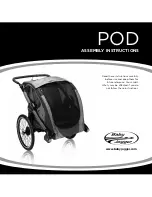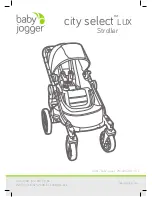
IG-156-EN version 04; 25/01/19
31
General instructions
Web services
ekor.ccp
5. Web services
The ekor.ccp unit has a system of Web Services (WS) for
information exchange and management for services
without real-time requirements.
The communications protocol for Web Services is performed
via SOAP, which in turn is based on http.
1. When the remote is the server. The calls to the remote's Web
Services (via the SOAP protocol ) go over HTTP.
2. When the remote is the client. The Control Centre Web Service
can be encrypted or not. Consequently the calls from the
remote that require these services use the SOAP protocol over
HTTP .
3. The Web Services developed cover the SOAP 1.2 and WSDL
1.1 standards.
4. Each of the WS has a unique input and output that the
applications (client and server) must be able to understand.
These Web Services have a single operation in order to
optimise the server threads, with the input and output that
are defined in a series of specific diagrams. As a result of
this, each service is a Web Service, with an input and output
in one single operation (function). Each operation contains
two input and two output parameters. These parameters
consist of a string of characters like xsd: string.
The first of the input and output parameters contains
information with a structure that is common to the requests
and responses. The second parameter contains the data
required to execute the request or the returned information
in accordance with the input request. Additionally, an error
can be sent in exceptional cases when the Web Service
fails, returning a chain of characters to the client with the
information that caused the error.
The Web Services developed are always synchronous, thus
the client, when invoking the Web Service, will always wait
for the server response.
Because the size of the information in a Web Service may
be too large, the option exists to compress the information
with the GZIP compression technique or algorithm.
5.1. Characteristics of the control centre
Both the client and the Web Services server installed on the
remote are compatible with a dispatching centre that uses
SOAP 1.1, SOAP 1.2, WSDL 1.1, WSDL 2.0.
5.2. Services developed
In general, the various requests and events developed in
the remote allow the following operations to be performed:
1. Unit configuration status request .
2. Request for the full configuration of the RTU.
3. Request to change the configuration of the RTU.
4. Request for the events file of the RTU.
5. Request to upload the Software of the RTU.
6. Request to upload the Software of the protection unit.
7. Information on troubleshooting a unit.
8. Request to register on the system a new remote installed.
9. IP request event by the remote.
10. RTU Software upload event completed.
11. Software upload event for the protection units.
To implement these functions, the dispatching centre and
the remote will have to exchange different information
through a previously agreed XSD and XML files.














































